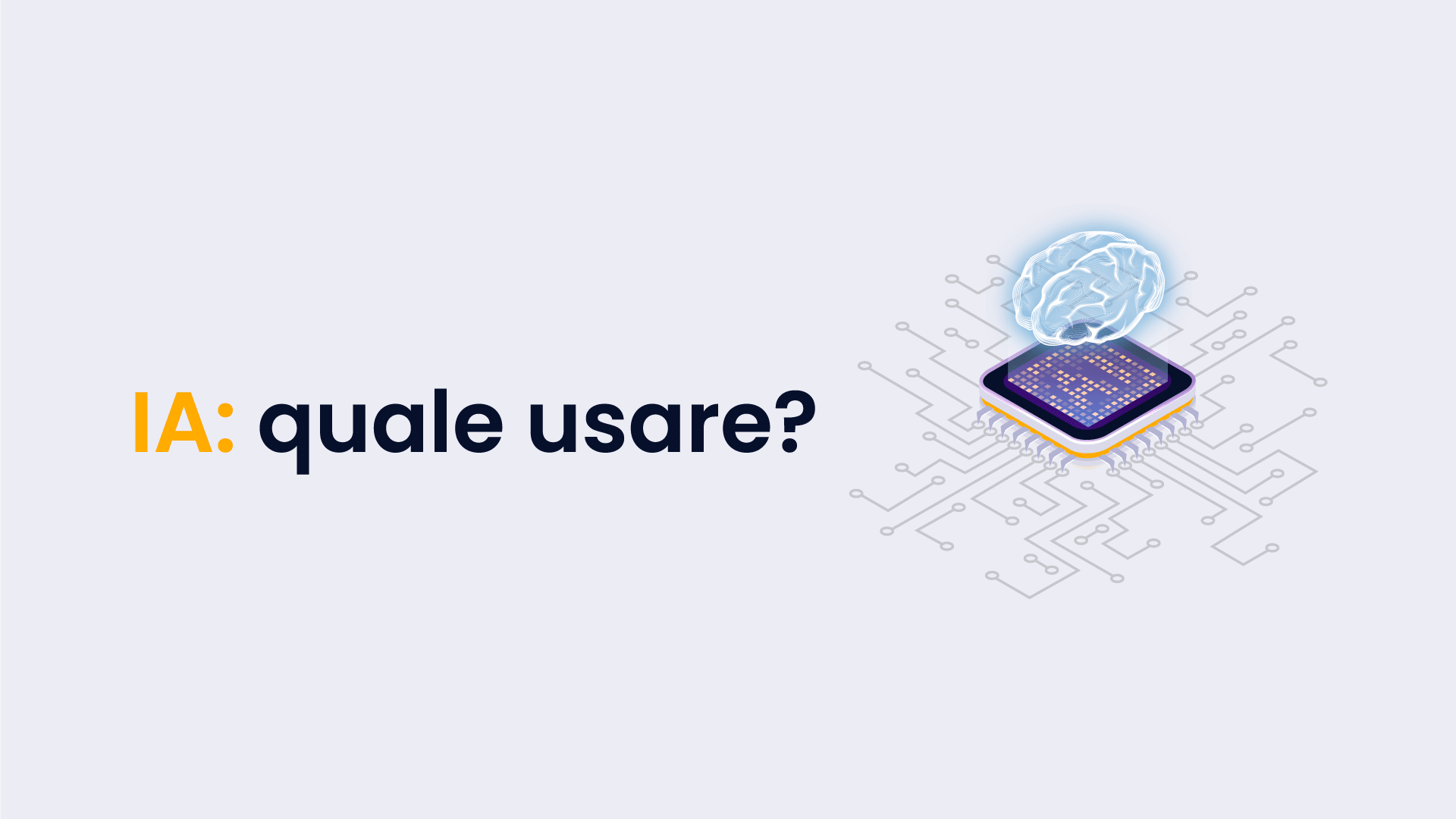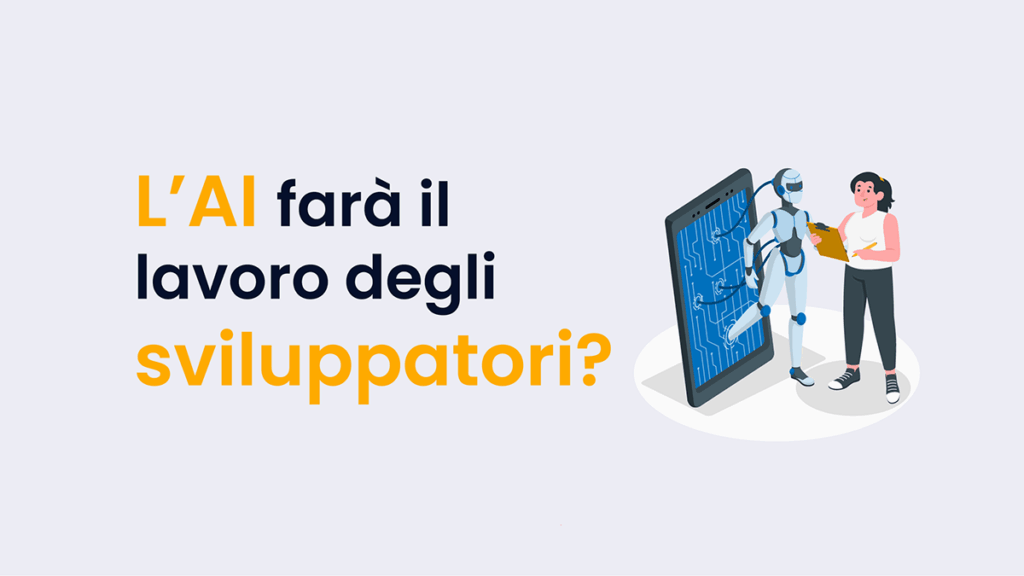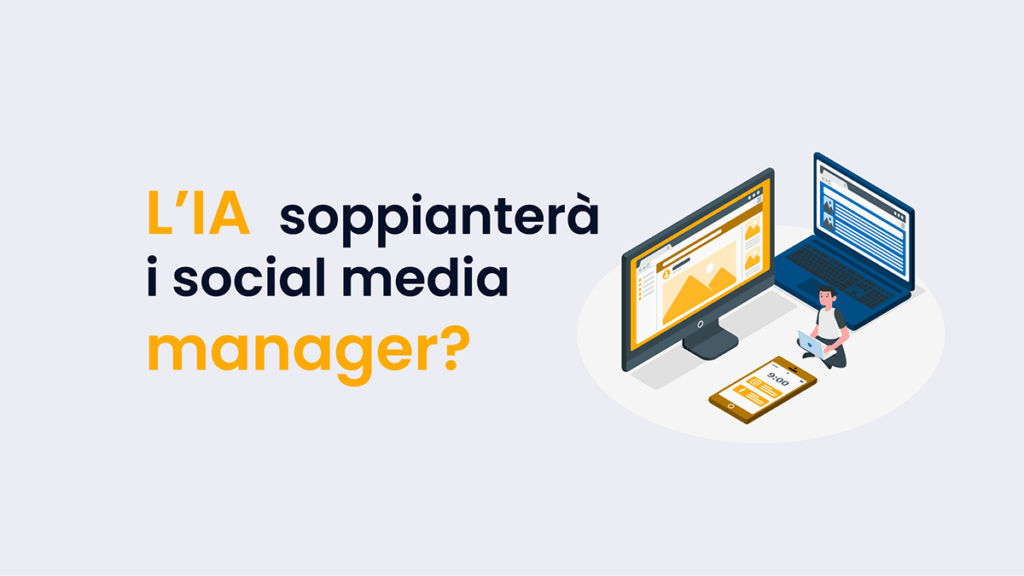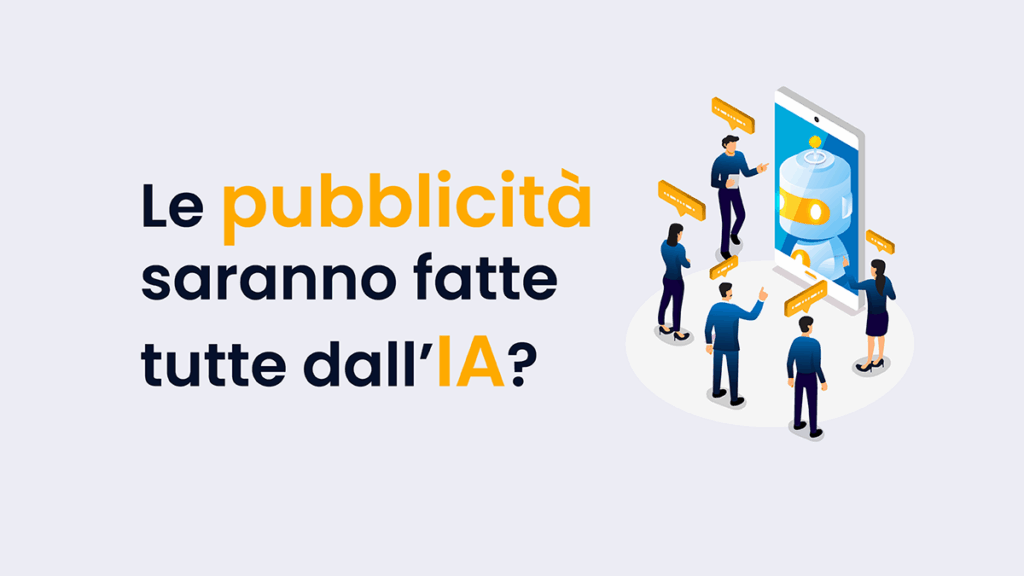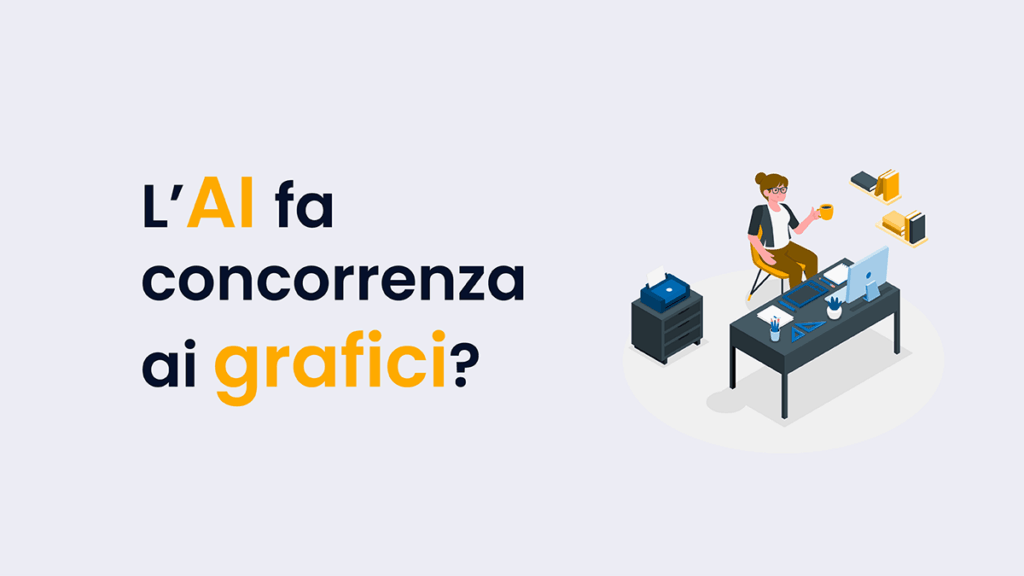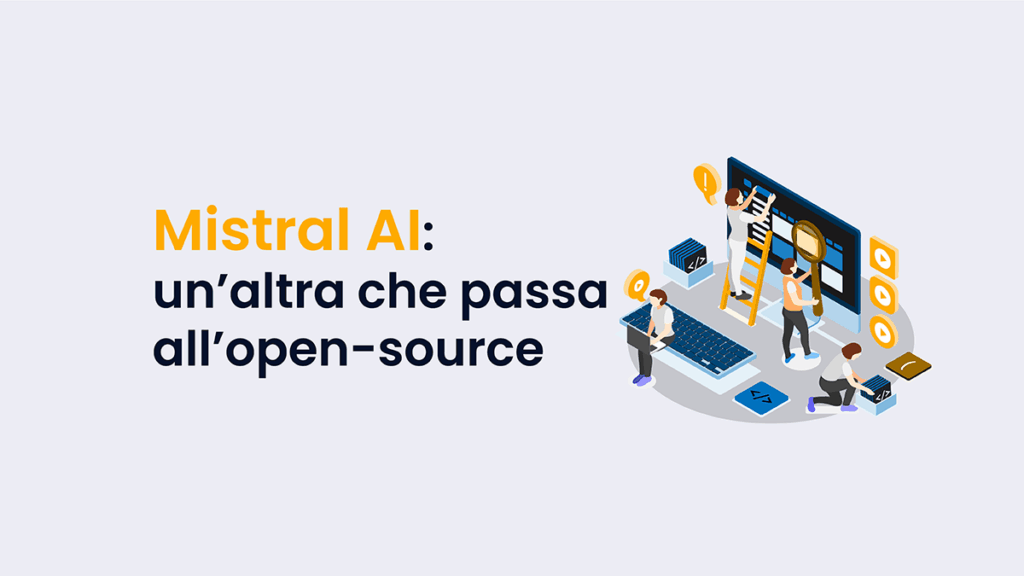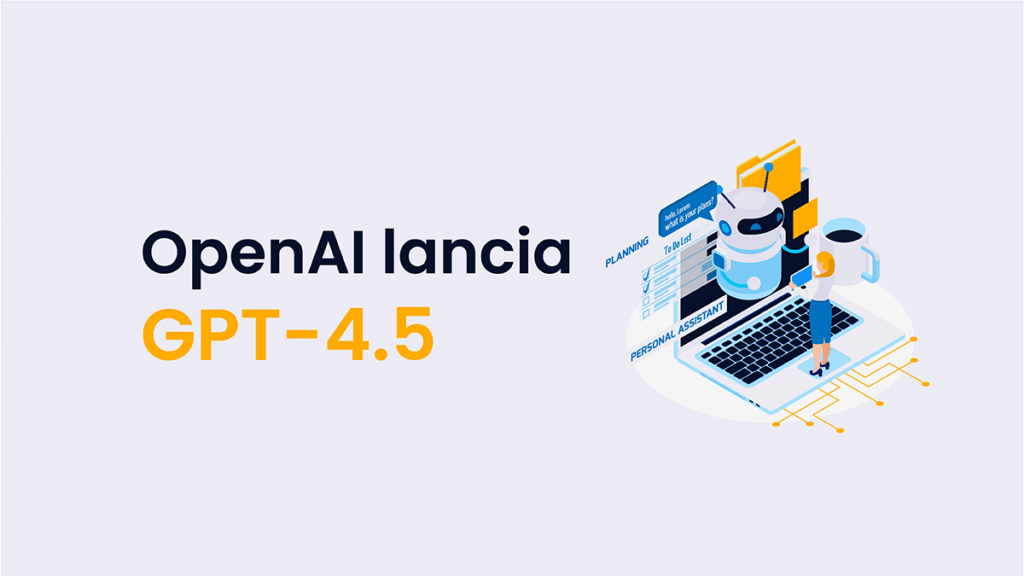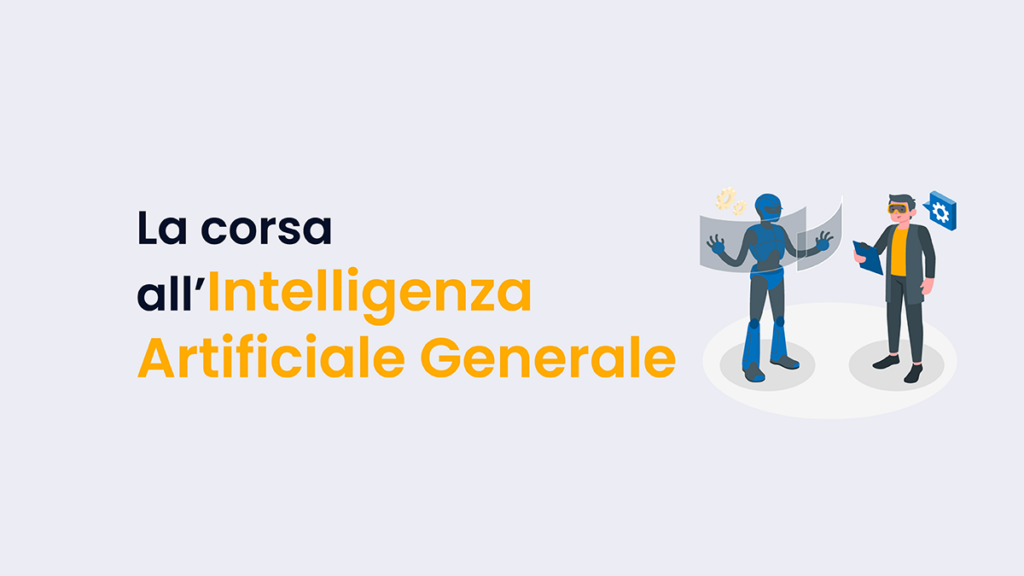L’intelligenza artificiale ormai è tra i campi di ricerca tecnologica digitale più interessanti e variegati del momento. Ugualmente, spesso, però l’IA si nomina e si concepisce come uno strumento singolare, senza considerare che l’idea che se ne ha dipende – magari – esclusivamente dall’unico mezzo di intelligenza artificiale che si conosce.
In altre parole, non ci sono solo ChatGpt e DALL·E 2 (entrambe sviluppate, tra l’altro, da Open AI). Quindi se conosciamo solo queste due abbiamo un’idea parziale di quale intelligenza artificiale usare, a che scopo, e quali sono i risvolti.
Aree di sviluppo rilevanti dell’IA riguardano elaborazione fotografica, video, audio testuale e motori di ricerca avanzati. Infatti è di queste che parleremo principalmente, visto che rientrano nell’ambito web. Tuttavia è bene tenere presente che si tratta soltanto di alcune delle applicazioni, utilizzate in un certo contesto, e che tecnicamente possono rappresentare la svolta verso utilizzi ancora più impattanti.
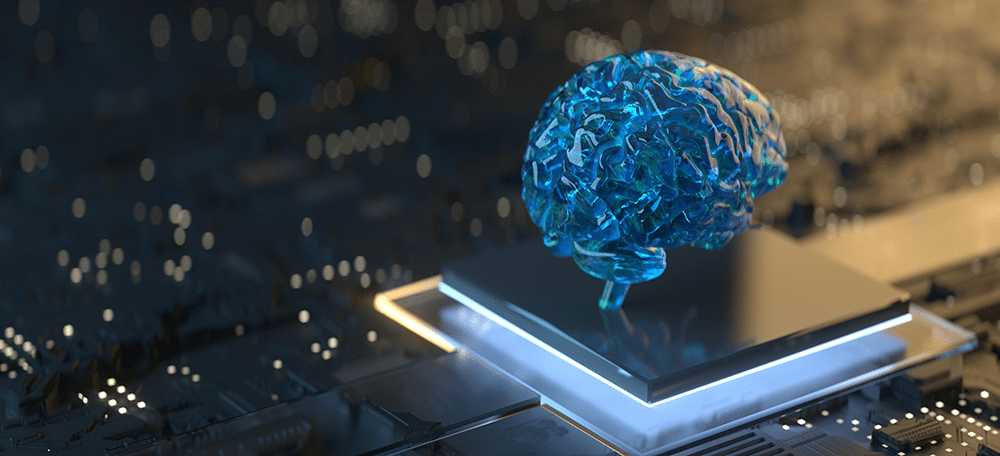
Pensate soltanto alla risoluzione automatica, ma accurata, di problemi tecnici in uffici così come in impianti; alla distribuzione istantanea capillare di informazioni in tempo reale; all’assistenza nella generazione di contenuti in qualsiasi forma.
Intanto vi mostriamo una rassegna degli strumenti più fruibili del 2023 che applicano l’IA ai lavori su web. Lo scopo finale è aprire una riflessione d’insieme, fondamentale per gestire i mezzi nuovi che abbiamo sempre più rapidamente a disposizione: quale intelligenza artificiale usare? Come? Perché? In visione di cosa?
Indice dei contenuti
IA per ricerca, analisi ed elaborazione di informazioni
ChatGpt è un motore di ricerca avanzato, permette di elaborare testi e sintetizzare informazioni. Il fattore limitante, in questo momento, è che non si aggiorna in tempo reale. Al di là di questo, però, è l’IA più utilizzata perché permette di svolgere più funzioni su un’unica piattaforma, ma anche perché non si è ancora definita in pieno la risposta di Google, chiamata Bard, che è in fase di sperimentazione.

Oltre ai due giganti ci sono anche intelligenze artificiali costruite per essere più specifiche e settoriali.
Quale intelligenza artificiale usare per i testi
Writesonic ad esempio è uno strumento di copywriting più specifico di ChatGpt, perché ha funzionalità relative all’ottimizzazione SEO e utilizza l’NLP per elaborare il testo e suggerire immagini coerenti. Basta indicare argomento, parola chiave, tono e linguaggio.
Altre IA dedicate alla scrittura sono Notion.ai, che aiuta a strutturare testi e idee in base al tipo di elaborato (post social, blog, curriculum… ), e Copy.ai, che si concentra prevalentemente su testi promozionali.
JADBio invece è una piattaforma di apprendimento automatico che permette di caricare dati e analizzarli.
Infine ci sono strumenti ancora più specifici come Deep Beat, per i testi rap.
IA per generazione di contenuti grafici, artistici e audiovideo
Sempre a partire dall’operato di Open AI (che ad oggi è il più diffuso e utilizzato), andiamo a vedere cosa esiste oltre a DALL·E 2, che crea immagini e opere d’arte partendo da una descrizione fatta in qualsiasi lingua.
Lo stesso compito lo assolvono, con differenze di qualità e di funzioni, anche Imagen, Midjourney (che sembra la più prestante), Lexica, che aiuta anche a ricreare effetti fotografici su un ambiente 3d, e Generative Engine, che crea opere d’arte realistiche a partire da un testo.

Oltre a questi elaboratori più o meno complessi c’è anche una tecnologia IA focalizzata sul restauro delle foto, chiamata GFP-GAN. Deep Nostalgia, che anima le persone ritratte in foto antiche con risultati sorprendentemente realistici.
E poi ci sono strumenti che, oltre a trattare le immagini, creano e/o sintetizzano audio e video.
IA video e audio
Synthesia è un software che crea video con 85 attori a scelta che recitano un copione in 65 lingue. Wellsaid permette di creare avatar vocali personalizzabili a partire da voci reali. Runway è un editor video istantaneo con funzione di inpainting, green screen, motion tracking, color correction e ha qualche altro effetto. Non sostituisce il lavoro di un professionista ma è utilizzabile per dei ritocchi d’emergenza. Lumen5 genera un’intera sequenza video includendo le immagini e le trascrizioni importate più una selezione di stock.
Infine terminiamo la nostra rassegna con Lalal, utilissima nell’editing audio sia in campo cinematografico, che pubblicitario, che musicale. Infatti, a differenza dei software più utilizzati, si concentra a estrarre piste audio dall’elaborazione di una traccia unica. Rimuove voci, separa la musica e sintetizza le tracce.
Quale intelligenza artificiale usare?
Ora che ti abbiamo mostrato questa rassegna dovresti avere un’idea maggiore di quale intelligenza artificiale usare nel campo della creazione di contenuti digitali a scopo lavorativo, promozionale, tecnico e creativo.
Ma questa domanda non riguarda solo cosa usare in relazione alla necessità di oggi, ma anche quali di questi strumenti usare e in che modo per cercare di rendere l’intelligenza artificiale uno strumento (appunto) utilizzabile per ottimizzare il proprio lavoro, non per appiattirsi e farsi sostituire.
Infatti queste tecnologie sono sempre in via di sviluppo, ed è anche grazie al nostro apporto che si strutturano.
Pensa solo che se, allo stato attuale, tutti diffondessero contenuti creati da intelligenze artificiali senza metterci del proprio, si andrebbe a finire in un loop in cui tutti i contenuti sono piatti e simili, e in cui questo strumento utilissimo apprenderebbe erroneamente come assisterci.
Questa domanda quindi è solo l’inizio.
A mano a mano approfondiremo come l’IA si rapporta all’essere umano, le nuove uscite, dove formarsi sull’intelligenza artificiale e qualche spunto di investimento.
